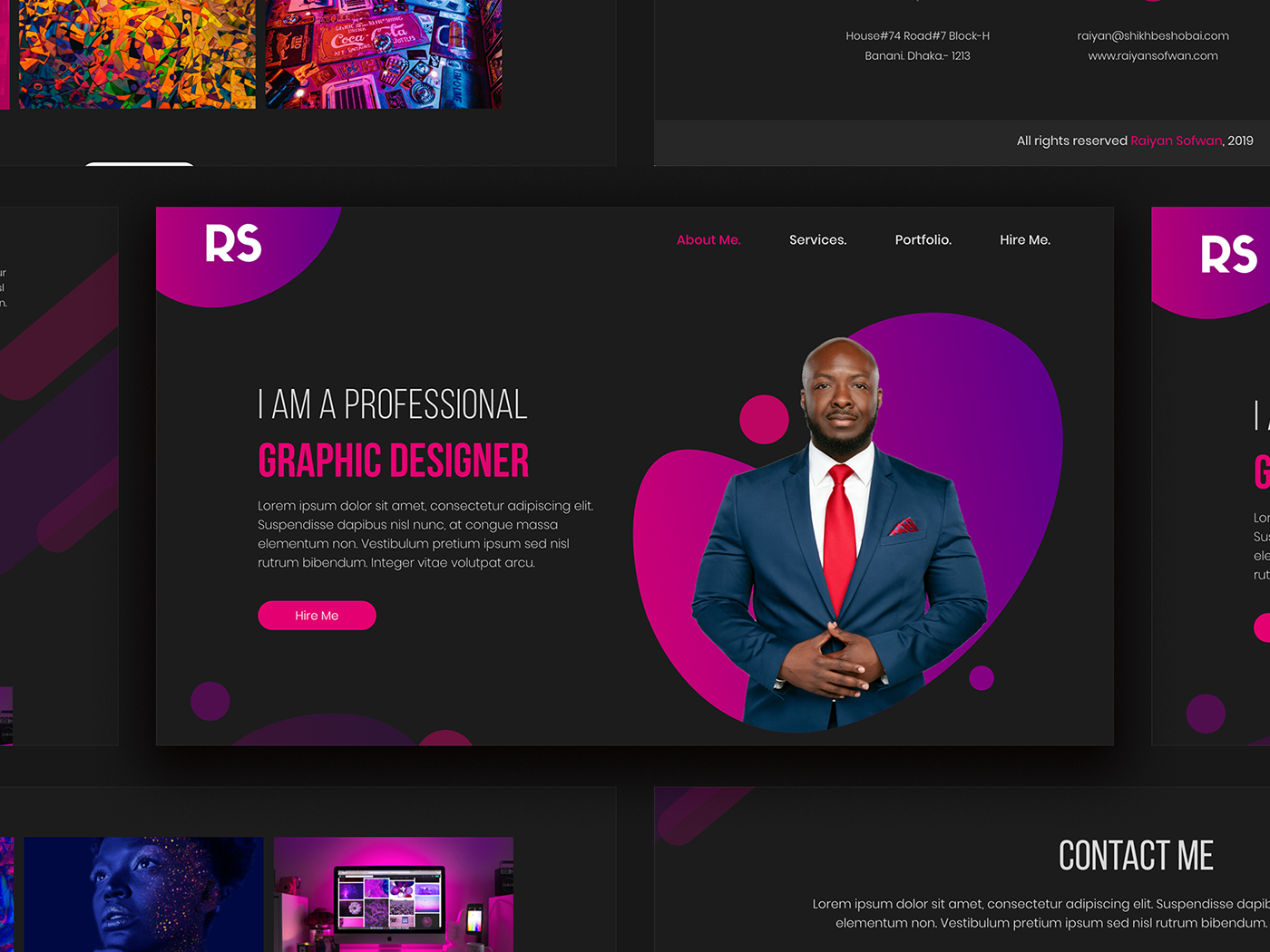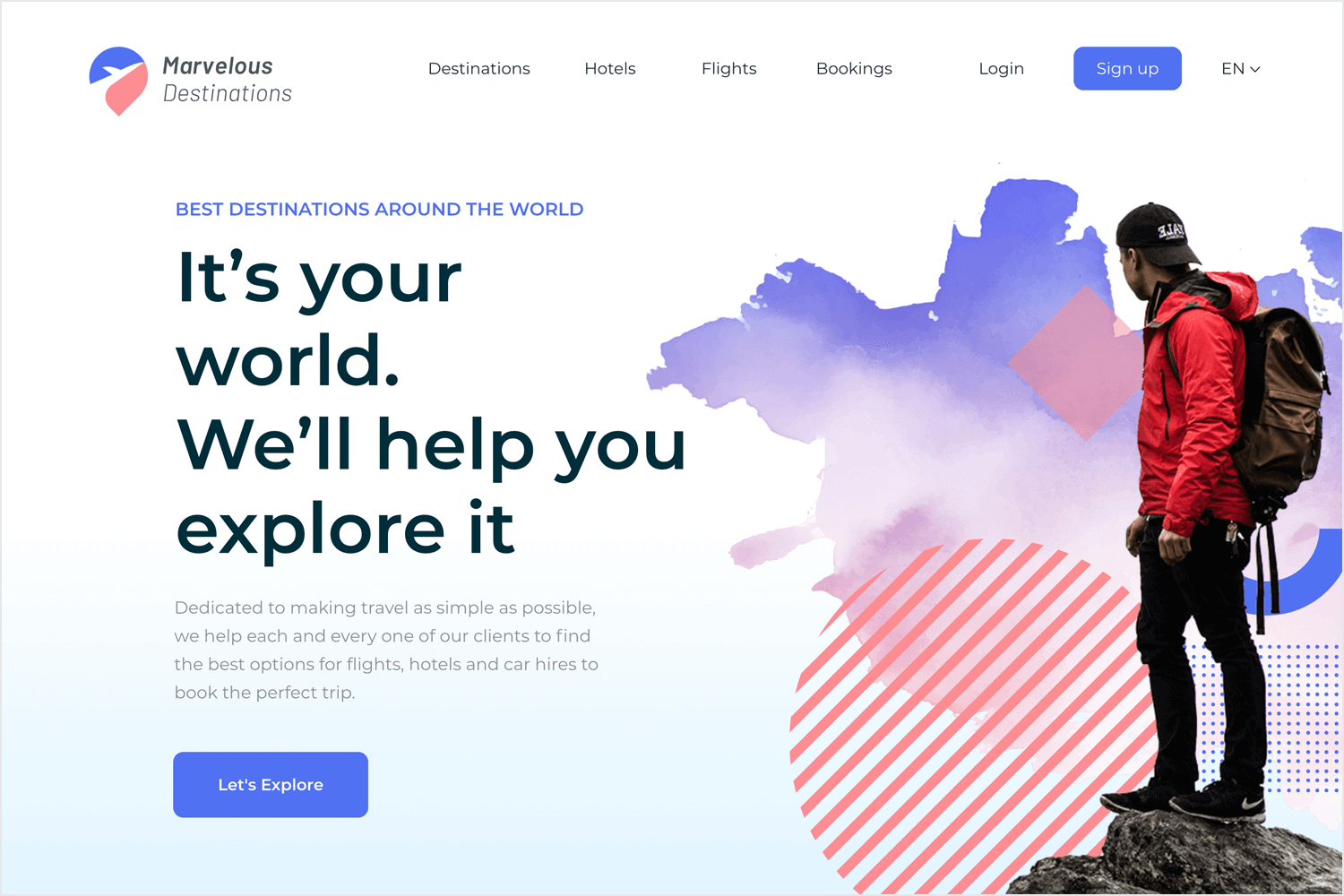Raise Your Online Presence with Professional Website Design Techniques
Raise Your Online Presence with Professional Website Design Techniques
Blog Article
Key Methods for Implementing User-Centric Website Design to Boost Involvement
When taking into consideration the execution of user-centric internet site layout, particular methods are critical in improving interaction. Complete research study into user requirements and choices develops the foundation, guiding the production of customer characters to notify design choices. Personalizing web content improves user complete satisfaction, and durable access attributes widen reach.
Comprehending User Demands
Understanding individual demands is a fundamental step in the procedure of user-centric website design. Strategies such as studies, interviews, and individual screening can give valuable qualitative and quantitative data concerning how individuals engage with the site.
Examining this data allows developers to develop comprehensive user personas that represent the different sections of the target market. These personalities aid educate style choices by highlighting specific individual objectives and difficulties, leading the growth of attributes that address these needs effectively. Comprehending the context in which users operate-- such as their setting, tool choices, and time restraints-- can even more fine-tune the style method.
Compassion plays an essential role in this procedure, making it possible for developers to see the web site from the user's perspective. By prioritizing individual needs, the design process comes to be extra concentrated, stopping the addition of unnecessary components that can clutter the user experience. Ultimately, a deep understanding of individual needs is critical in crafting a website that is both meaningful and functional.
Creating User-friendly Navigation
Having actually established a comprehensive understanding of individual needs, the following action in user-centric website style involves producing intuitive navigating. Effective navigating is fundamental to customer fulfillment, influencing just how easily customers can find details and complete jobs. To attain user-friendly navigating, designers have to prioritize simpleness and quality, making certain that the navigation framework is regular and logical throughout the website.
Organizing content into a clear power structure is vital. Website Design. The use of acquainted tags and symbols can lead customers effortlessly, minimizing cognitive lots and enhancing the general customer experience. A well-designed navigation bar must be plainly placed, allowing individuals to recognize their existing location and easily check out various other areas of the web site
It is additionally crucial to incorporate interactive aspects such as breadcrumbs and search performances to aid customers in navigating complicated websites. These features provide extra paths and improve the availability of content, satisfying different individual choices and habits.
Testing navigating with actual individuals is vital to recognize prospective pain points and ensure performance lines up with user expectations. Regular responses loops and repetitive enhancements can aid keep a reliable navigating system that adjusts to progressing individual needs, inevitably improving interaction and contentment.
Creating Responsive User Interfaces
Inevitably, producing receptive interfaces is a crucial element of modern web layout, guaranteeing that internet sites are easily accessible and functional across a plethora of devices and screen sizes (Website Design). This flexibility is vital in a landscape where individuals access material using smartphones, laptop computers, tablet computers, and desktops, each with varying positionings and resolutions. The primary goal of receptive style is to improve user experience by preserving ideal readability and usability, despite the tool utilized
To attain this, web designers employ adaptable grid formats, fluid images, and CSS media queries. click here to read Versatile grids permit website aspects to resize proportionally, while fluid pictures ensure visuals scale properly without losing high quality. Media questions play an important function by using various designs based on the gadget's qualities, such as height, width, and orientation, thus customizing the layout to the individual's display.
In addition, responsive interfaces add to enhanced seo (SEO) by providing a smooth customer experience, which subsequently can lower bounce prices and boost site interaction. In summary, adopting responsive design is not just a technological factor to consider however an essential strategy for fostering a user-centric internet setting that satisfies the requirements of a diverse audience.

Personalizing Material Experience
Customizing content experience is an essential part of user-centric internet site layout that entails customizing material to satisfy the distinct preferences and behaviors of individual customers. This technique not only improves user complete satisfaction however likewise fosters much deeper engagement, as site visitors are most likely to interact with material that resonates with their demands and rate of interests. By leveraging information analytics and individual feedback, businesses can identify patterns and patterns that notify the customization of web material.
Integrating personalization techniques can range from simple changes, such as advising items based on surfing background, to a lot more sophisticated methods like dynamic content that adjusts in real-time to a user's communications. As an example, individualized landing web pages can substantially increase conversion prices by providing individuals with pertinent info and supplies that line up with their previous tasks and choices.
Furthermore, making use of synthetic knowledge and artificial intelligence can further refine material customization by continuously picking up from customer behaviors and adapting to arising fads. This not only enhances the user's journey yet additionally develops brand name commitment, as customers feel comprehended and valued. Inevitably, personalizing the material experience is an essential method for organizations intending to produce an extra engaging and purposeful communication with their target market.
Enhancing Ease Of Access Functions
Enhancing availability features is a basic aspect of user-centric website style, ensuring that electronic content is functional by everybody, consisting of individuals with impairments. This approach not just follows lawful standards such as the Americans with Disabilities Act (ADA) and the Internet Material Ease Of Access Guidelines (WCAG) but likewise considerably broadens a site's audience reach. By incorporating functions like keyboard navigation, display viewers compatibility, and alternate text for images, internet visit our website sites come to be a lot more inclusive, providing a smooth experience for customers with aesthetic, acoustic, or motor impairments.
Incorporating receptive style elements is important, assisting in gain access to on various tools and screen dimensions, consequently fitting users with various preferences and demands. Comparison ratios and message size changes can improve readability for people with visual challenges. Supplying clear and concise material structure, such as lists and headings, help comprehension and navigation, particularly for customers with cognitive specials needs.
Regular access audits ought to be performed to recognize and rectify prospective obstacles, guaranteeing ongoing compliance and use. By prioritizing availability, businesses not only foster inclusivity yet additionally enhance general customer involvement and complete satisfaction, ultimately driving greater conversion prices and reinforcing brand loyalty.

Final Thought
Incorporating user-centric style techniques significantly improves website interaction by focusing on the requirements and choices of customers. Comprehensive study assists in the development of customer personas, assisting targeted layout decisions. Intuitive navigating and receptive user interfaces boost functionality and access throughout tools. Personalizing content based on customer actions increases satisfaction, while check over here robust access attributes increase audience reach. Collectively, these methods develop a meaningful on the internet experience, promoting much deeper involvement and communication with the website.
Detailed research right into customer requirements and preferences develops the structure, directing the development of individual personas to notify style options. Methods such as surveys, meetings, and customer screening can supply valuable qualitative and quantitative information concerning exactly how customers engage with the web site.
By prioritizing individual needs, the layout procedure comes to be more concentrated, preventing the incorporation of unneeded elements that can mess the individual experience. Effective navigating is essential to user complete satisfaction, influencing just how quickly users can discover information and total jobs. The use of familiar tags and icons can lead individuals effortlessly, lowering cognitive tons and boosting the total customer experience.
Report this page